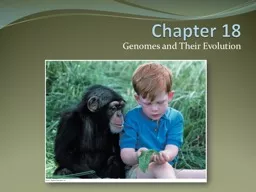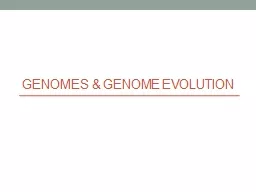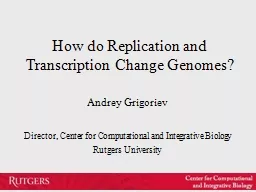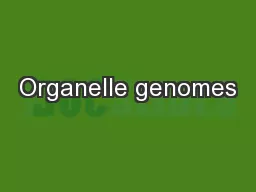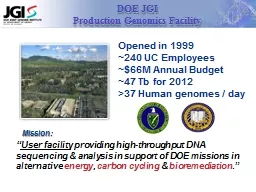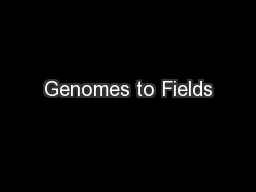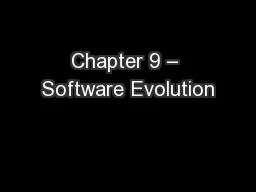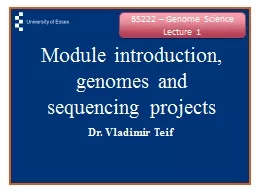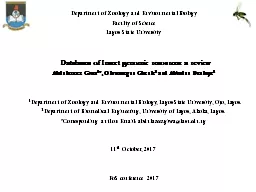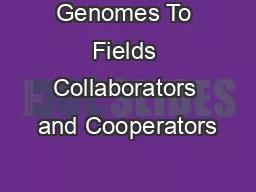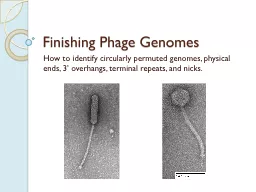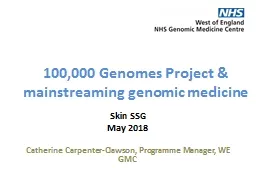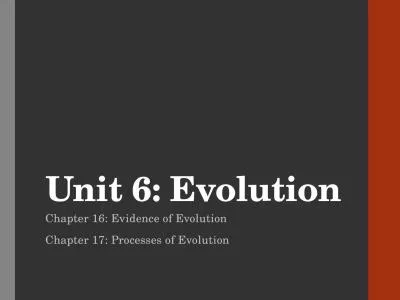PPT-Chapter 18 Genomes and Their Evolution
Author : avantspac | Published Date : 2020-06-16
What you need to know The major goals of the Human Genome Project How prokaryotic genomes compare to eukaryotic genomes Applications of bioinformatics to medicine
Presentation Embed Code
Download Presentation
Download Presentation The PPT/PDF document "Chapter 18 Genomes and Their Evolution" is the property of its rightful owner. Permission is granted to download and print the materials on this website for personal, non-commercial use only, and to display it on your personal computer provided you do not modify the materials and that you retain all copyright notices contained in the materials. By downloading content from our website, you accept the terms of this agreement.
Chapter 18 Genomes and Their Evolution: Transcript
Download Rules Of Document
"Chapter 18 Genomes and Their Evolution"The content belongs to its owner. You may download and print it for personal use, without modification, and keep all copyright notices. By downloading, you agree to these terms.
Related Documents

